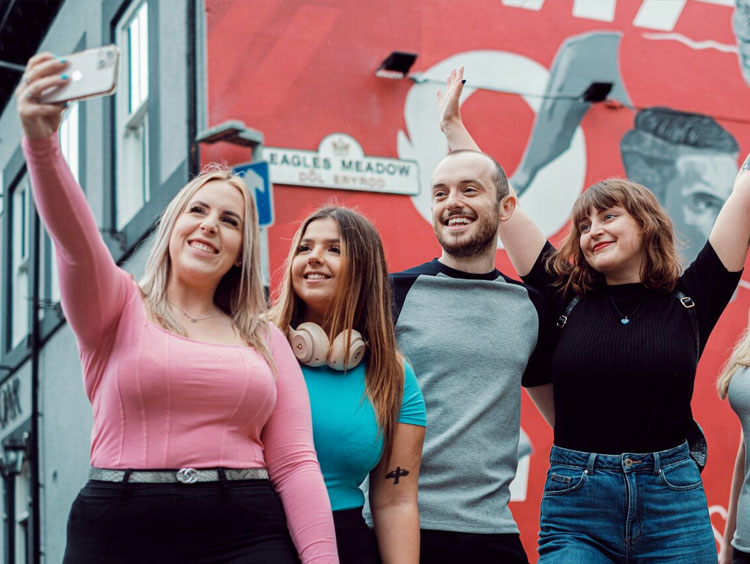.jpg)
Sight Loss and Substance Use
This study was conceived based on the concerns of an English sight loss charity seeking to further their understanding of service users experiencing problematic alcohol use and who had sight loss. There is much existing evidence of a relationship between alcohol use and a range of health problems such as cancer, blood-borne viruses, and dementia, however, the links between substance use and sight loss have not been fully explored with representative samples. Whilst mostly case study evidence does suggest a link between substance use and impaired sight, a person’s lifestyle also plays a big part. Nonetheless, the views of those with sight loss as experts by experience had not yet been ascertained.
This overarching project aimed to review clinical evidence of associations between substance use and sight loss; explore the meaning and function of substance use in people’s lives; and explore how professionals in substance use and sight loss services were working with these issues. The researchers identified exiting datasets and conducted secondary analyses on data from the General Lifestyle Survey (GLS) 2009 and 2010, The Health Survey for England 2000, and The Primary Care Trust’s Patient Survey 2008. For this branch of the project, 17 face to face or telephone interviews were conducted with services users. Interview questions covered topics on substance use history, sight loss history, the relationship between sight loss and substance use, family history, support needs, and services and community questions. The data were analysed thematically, and the researchers identified eight themes, the first three of which were fully explored in this paper.
(1) The impact of sight loss on their lives. Participants said they felt shock at their initial sight loss, which led to depression and a sense of uselessness on realising they had lost their traditional sense of autonomy. This feeling was common amongst those with acute and gradual sight loss. It had a significant impact on people’s lives, restricting their ability to drive, work, complete DIY, or attend usual hobbies and activities. Anger and frustration were expressed when they found they were unable to complete ‘normal’ tasks.
(2) Substance use as a cause or contributor to sight loss. Some participants felt that their sight loss was related to their substance use, whilst others attributed the sight loss to other factors. Despite evidence showing that there is likely a variety of medical and lifestyle factors influencing sight loss, some participants or their healthcare workers felt the substance use had directly led to sight loss. For three participants, prescription medication was the main cause of sight loss, two through prescribed use and one person through an overdose. For other participants, they felt that their substance use had contributed to their sight loss alongside lifestyle factors.
(3) Using substances to cope. Participants talked of using substances to cope with their sight loss and social isolation. Several people reported using substances to cope with sight loss and other life events stemming from this, such as stressful work meetings and relationship breakdowns. However, some people said they were using substances before their sight loss, with the subsequent sight loss exacerbating substance use.
These findings show that the relationship between sight loss and substance use presents individuals with numerous challenges. All participants were at different stages of sight loss and substance use played various roles in the process. For some, substance use predated sight loss, for others it occurred parallel to or as a result of sight loss. The study supported theorists who had previously suggested substance use was a coping mechanism for sight loss, and added new evidence highlighting the difficulties this population encounter every day.



